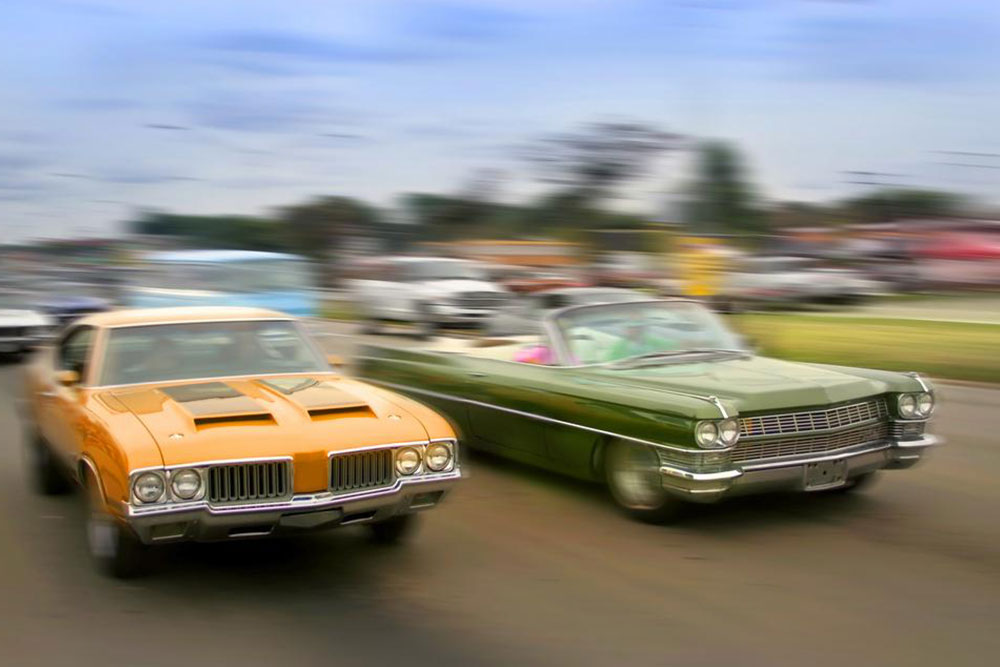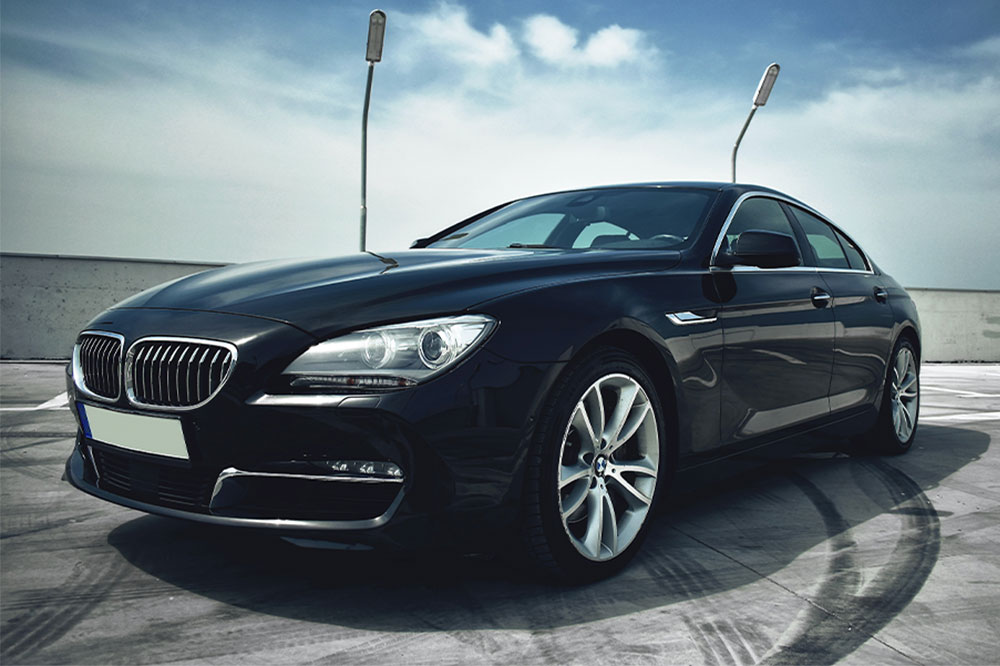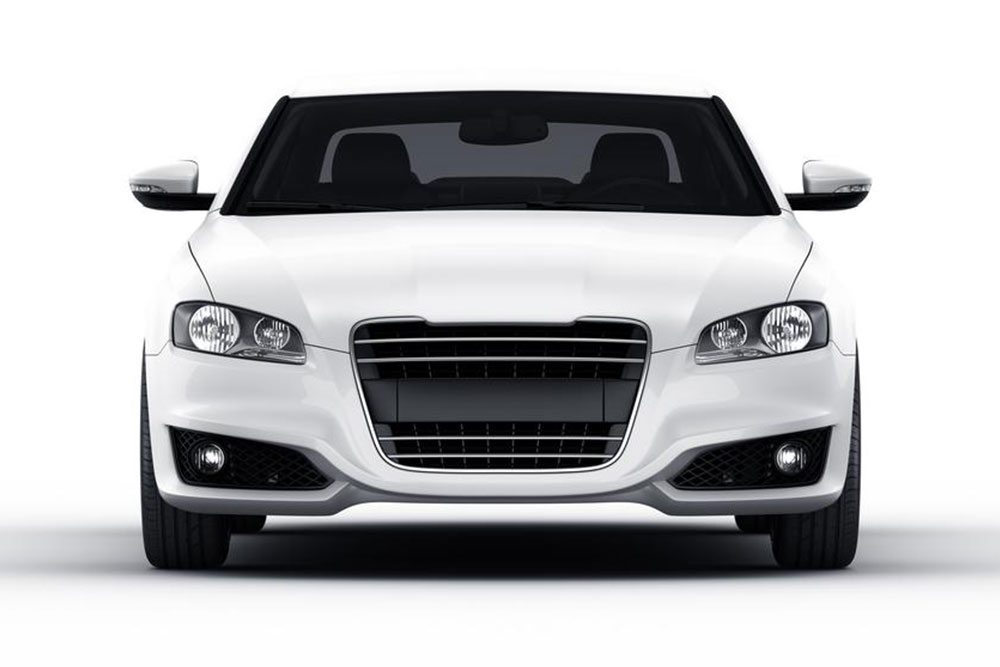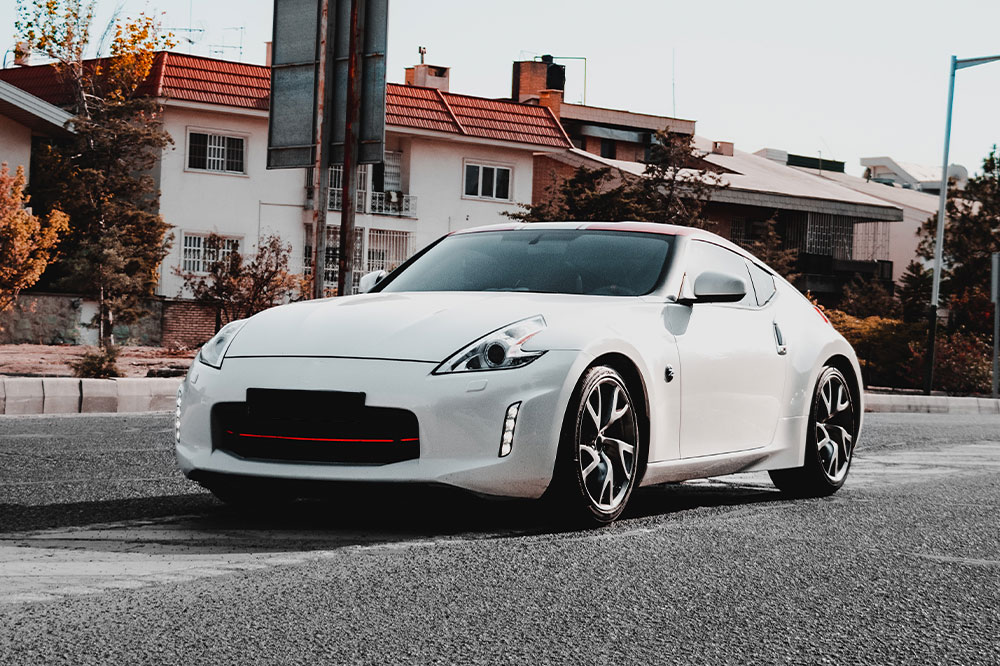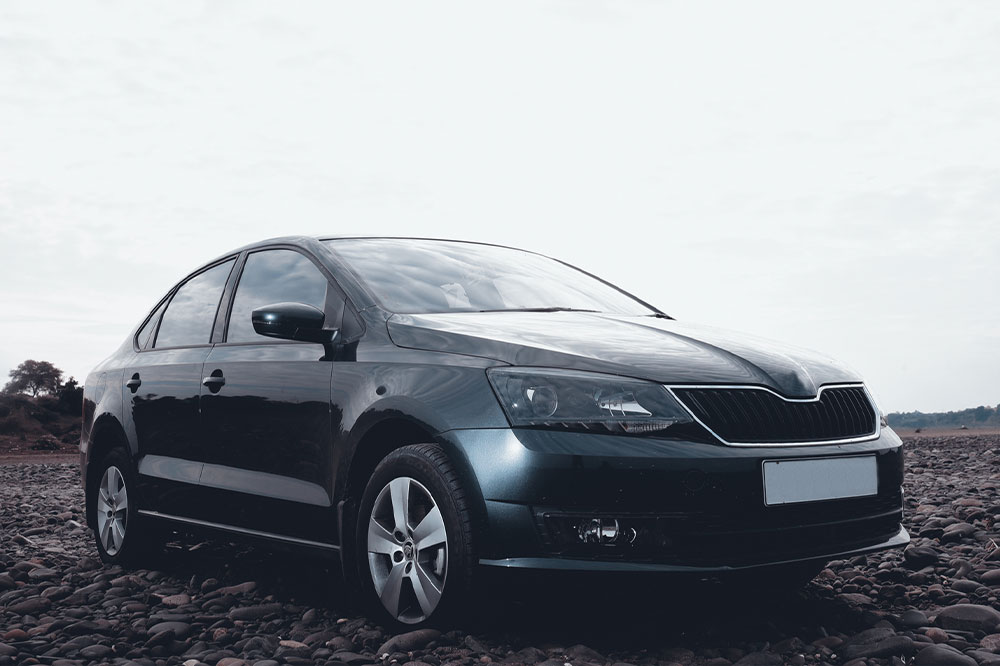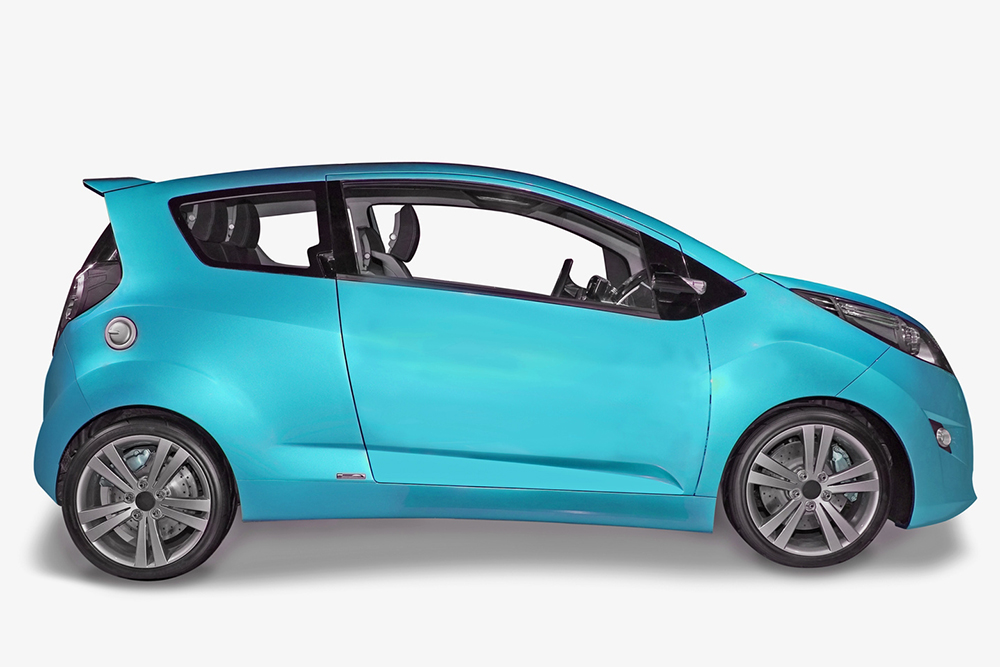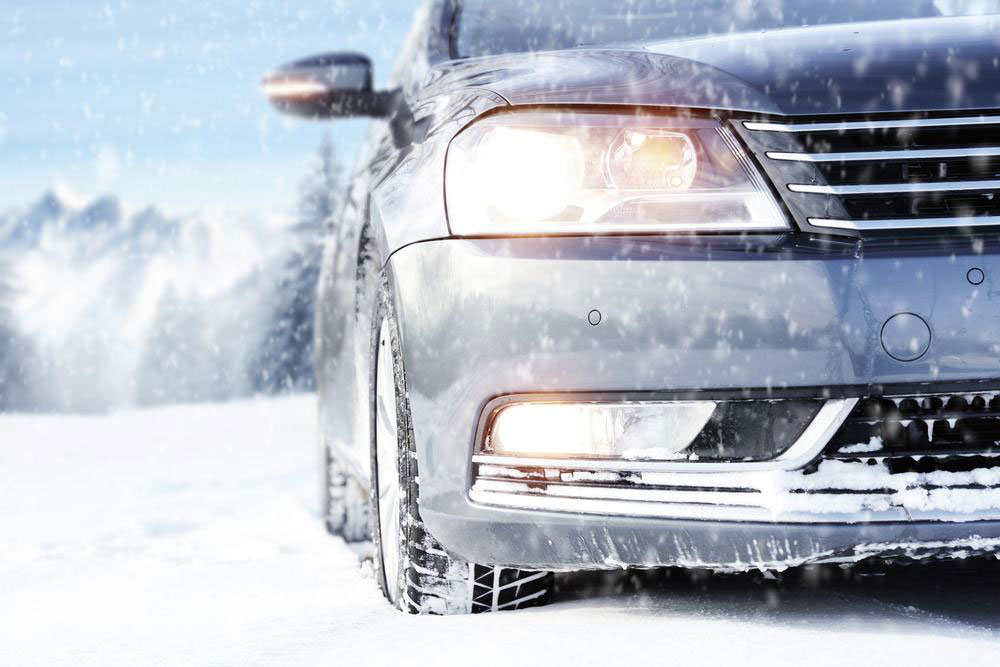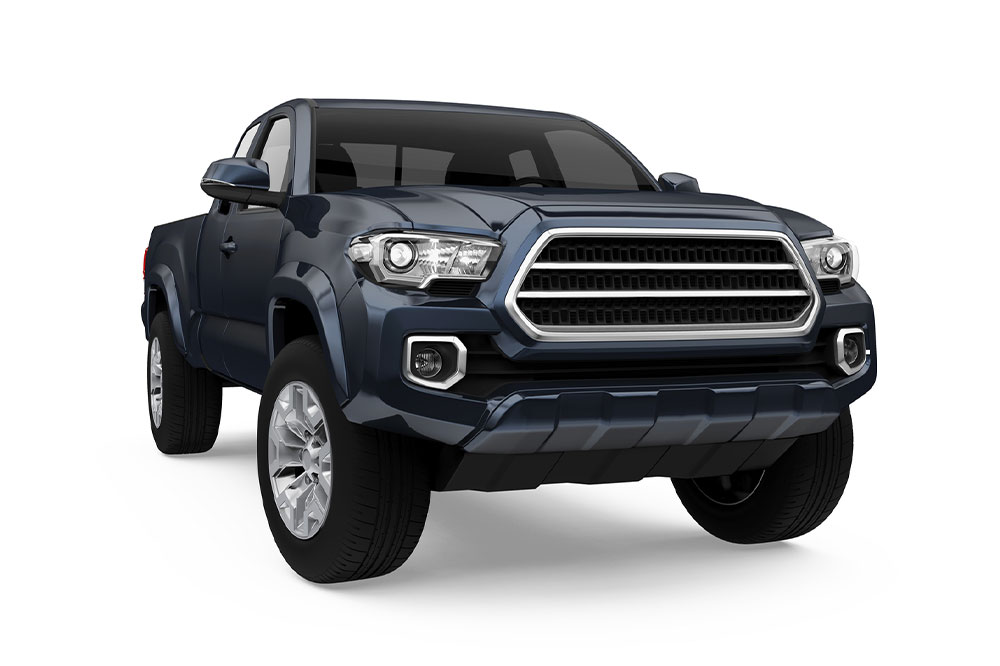Guide to Purchasing a Used Chrysler Crossfire
Learn everything you need to know about buying a used Chrysler Crossfire, including model year differences, common issues to watch for, and tips for a successful purchase. This guide covers key features, common problems, and maintenance tips to help you make an informed decision on this stylish sports car.
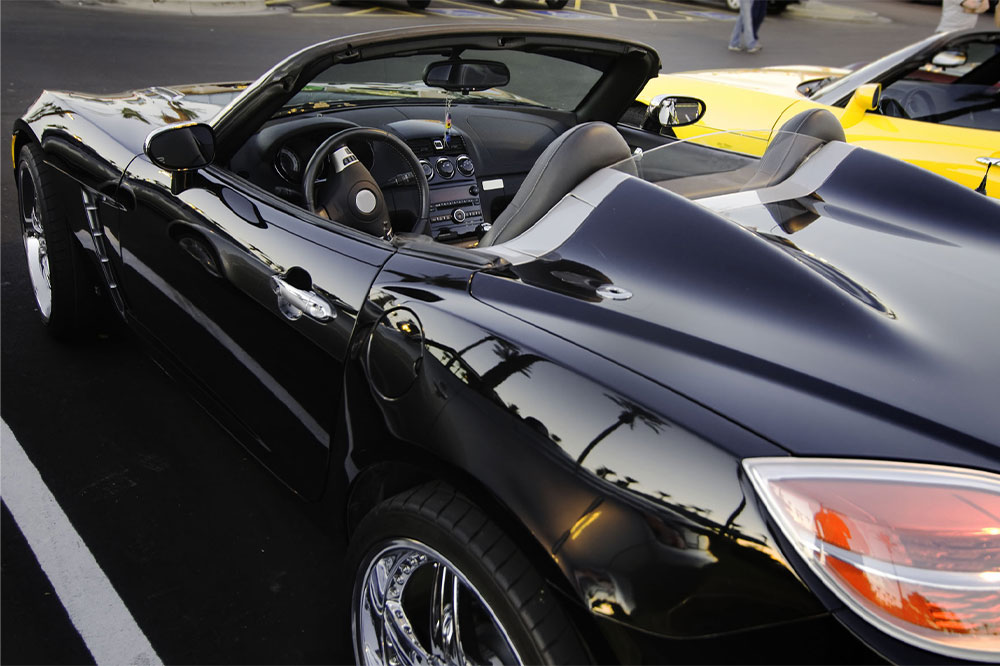
Guide to Purchasing a Used Chrysler Crossfire
The Chrysler Crossfire is a stylish two-seater sports car with rear-wheel drive, combining distinctive American design with precise German engineering. Its interior resembles the SLK320, sharing seat layouts and dashboard styles, with some mechanical parts borrowed from the Mercedes-Benz R170 SLK320. Over its brief production run, the Crossfire evolved through various model years, each with unique features and updates. Understanding these variations can help buyers make informed decisions when considering a used Crossfire.
About the Chrysler Crossfire
The Crossfire was marketed as a sleek, sporty alternative, offering a blend of comfort, striking looks, and agile handling. Chrysler made incremental improvements over its years based on customer feedback, addressing common issues to enhance reliability and performance.
The Crossfire's production lasted from 2004 to 2008, after which it was discontinued. Let’s review each model year to identify key features and changes:
2004
The inaugural model only came as a Limited Coupe, with no other variants initially available. It offered amenities similar to later models but lacked features like auto-dimming mirrors and pop-up cup holders. Early models faced some issues, such as fragile cup holders and crank sensor problems, which were resolved in subsequent years. Despite these drawbacks, 2004 saw the highest sales volume for Crossfires.
2005
This year introduced the convertible Roadster variant with a soft top. The SRT-6 high-performance version was available in both coupe and Roadster options. The updated models addressed previous mechanical issues, and a new base trim was added, offering a more affordable option by removing certain amenities. 2005 models remain common in the used market.
2006
No significant changes were implemented, with both coupe and Roadster trims continuing to be offered. Sales declined noticeably, with fewer newer models available on the market.
2007
The 2007 lineup remained largely unchanged, with no major upgrades. The absence of the SRT-6 version meant buyers seeking that trim needed to look at earlier years like 2005 or 2006.
2008
The final Crossfire model was launched in 2008, exclusively as a Limited trim. No base models were produced that year, and sales were relatively low as production ceased after this model.
Key Tips for Buying a Used Crossfire
Every vehicle has potential flaws. Prior to purchase, it’s crucial to have a professional inspection (PPI) done to identify costly repairs needed. Common issues include:
Crank sensor: Especially in 2004 models, as failure can harm the engine.
Relay control module (RCM): Faults can cause starting problems requiring replacement or repair.
Central locking vacuum pump: Located in the trunk, it can be damaged by water leaks.
Rear spoiler motor: Malfunctions may occur due to issues with the motor or switch inside the car.
Finding a qualified mechanic familiar with Crossfires is essential, as dealer servicing can be limited. Locally specialized repair shops are often the best choice.

